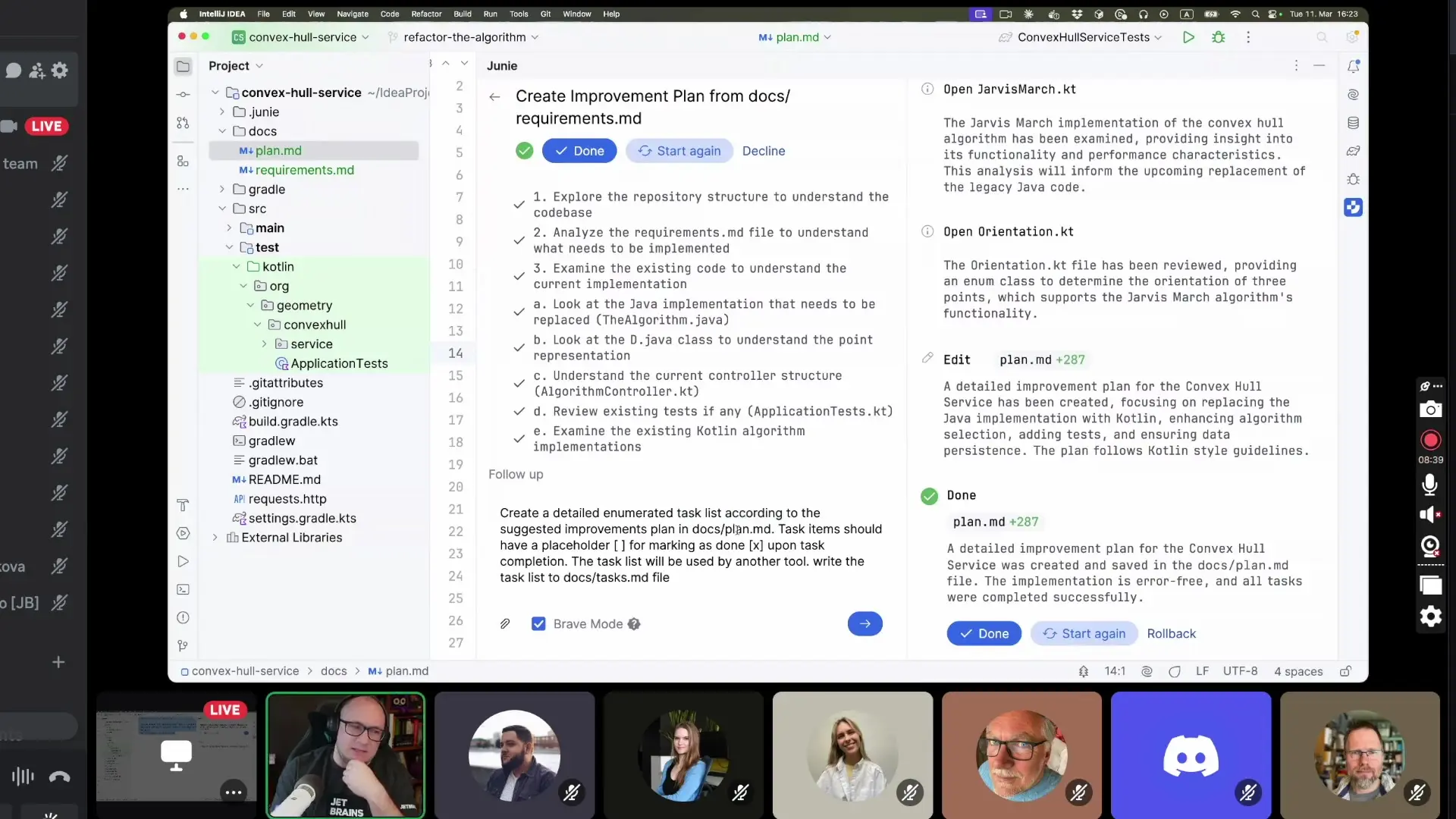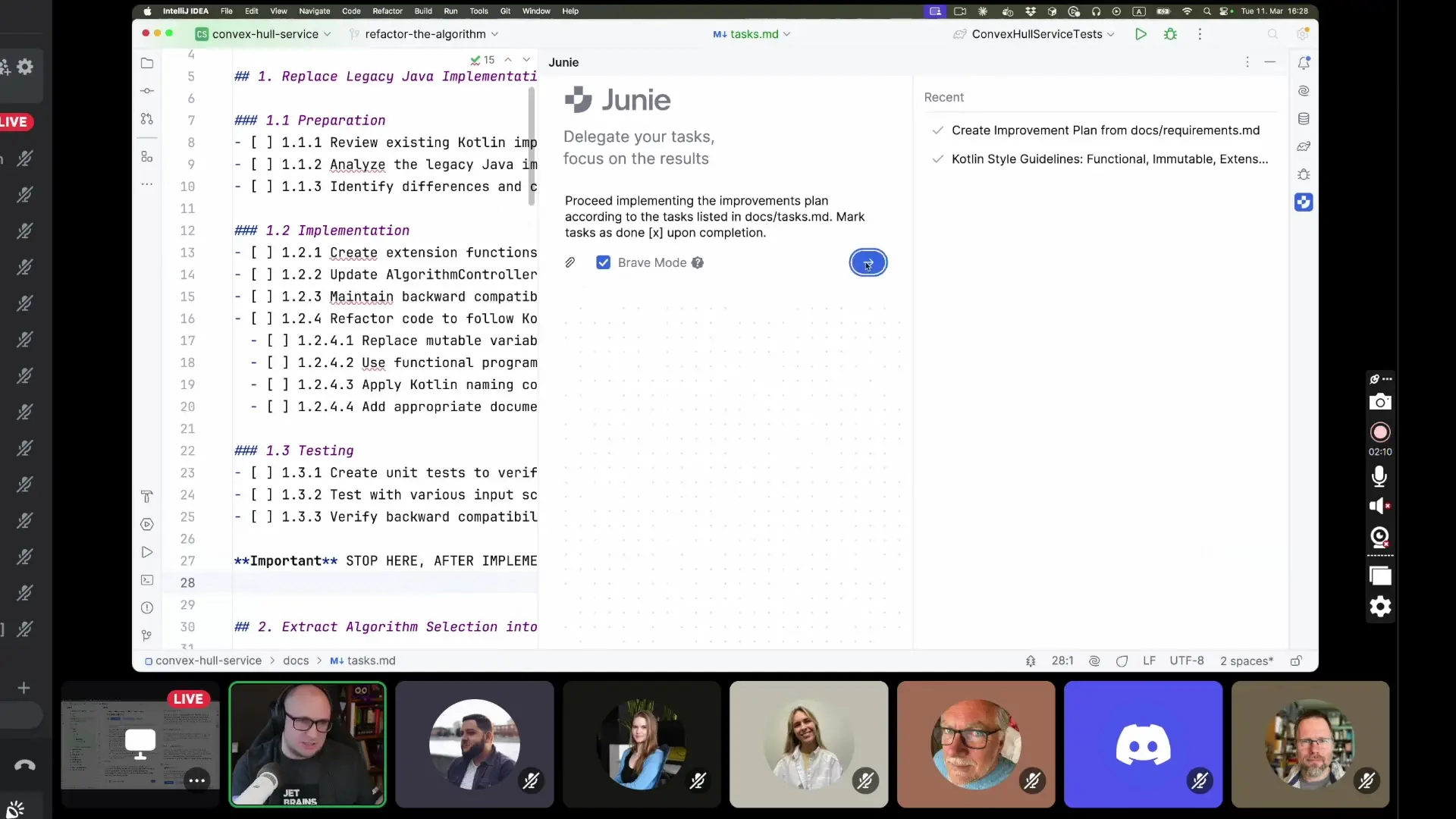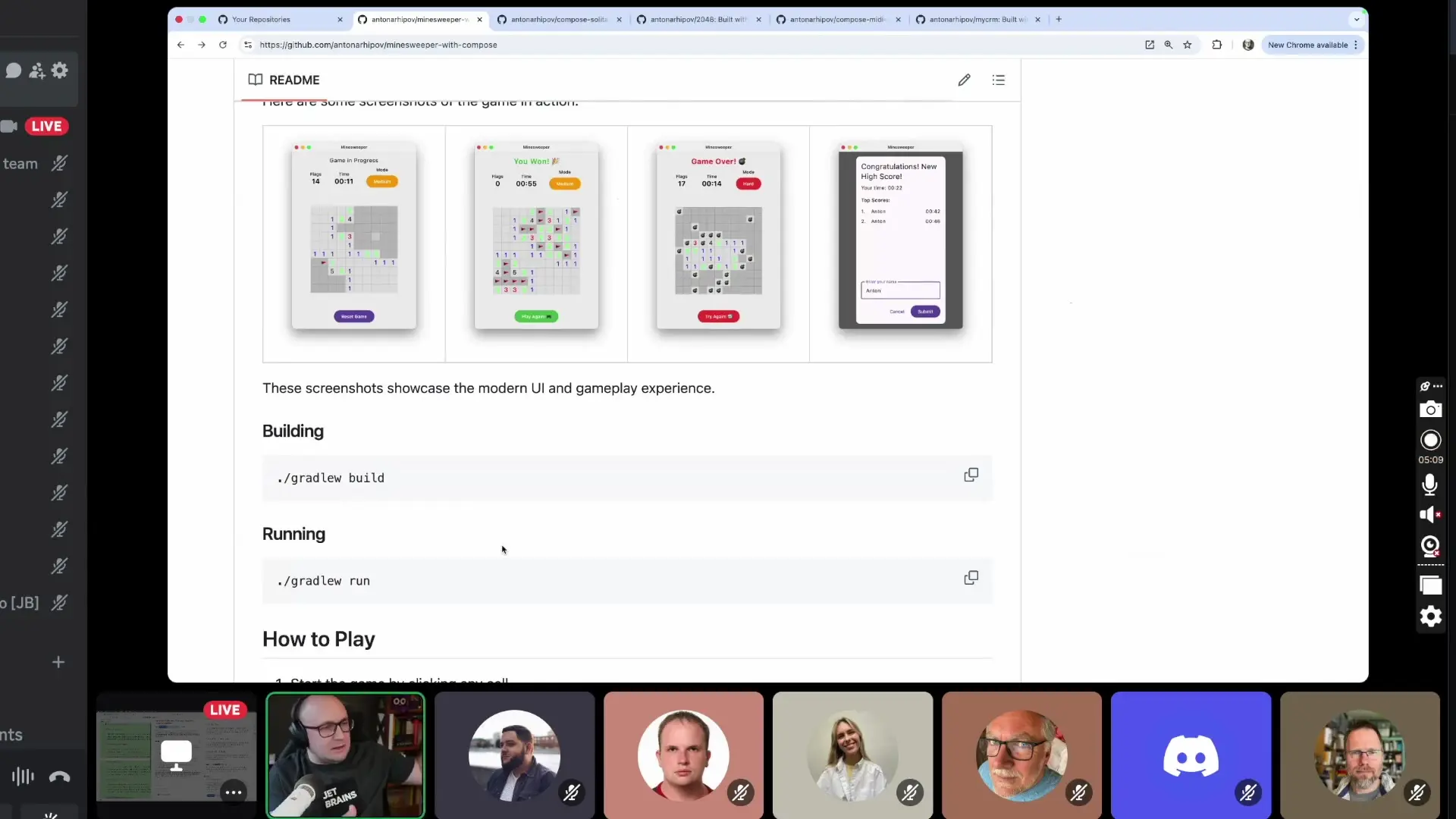
As software projects evolve, legacy code often needs refactoring to align with modern best practices. For junior developers facing this challenge, AI-assisted development tools can dramatically improve productivity and learning. This guide demonstrates a structured workflow for refactoring legacy Java code to Kotlin using AI assistance, perfect for junior coding interviews or everyday development tasks.
Creating a Structured Refactoring Plan
When approaching legacy code refactoring, the first step is creating a clear, documented plan. This is especially crucial for junior developers who may be encountering complex codebases for the first time. Start by documenting high-level requirements to guide your refactoring process.
For example, create a requirements document (requirements.md) that outlines objectives such as:
- Replacing legacy Java code with modern Kotlin implementations
- Adding comprehensive test coverage
- Implementing persistence functionality
- Restructuring code according to industry best practices
This approach provides a clear roadmap before diving into implementation. When using tools like PyCharm or other JetBrains IDEs, you can leverage AI assistants to help analyze these requirements and generate a detailed implementation plan.

From Plan to Actionable Tasks
Once you have a high-level plan, the next step is converting it into actionable, trackable tasks. When working with AI tools, explicitly ask for a detailed, enumerated task list based on your improvement plan. This creates a structured approach that's particularly helpful for junior developers preparing for coding interviews.
A well-structured task list should include:
- Analysis of the current codebase structure
- Identification of specific classes requiring refactoring
- Step-by-step migration path from Java to Kotlin
- Testing strategy with specific test cases
- Implementation phases with completion markers
This approach is especially valuable for junior developers learning JavaScript, Java, or other languages, as it breaks down complex refactoring into manageable chunks while providing a learning framework.

Implementation with Progress Tracking
With your task list in place, you can now begin implementation while tracking progress. A clever approach when using AI assistance is to instruct the tool to mark tasks as completed as it works through them. This creates a self-documenting workflow that's particularly useful for junior coding projects.
For example, you might include a prompt like:
# Implementation Instructions
Please implement the improvements according to the tasks listed in tasks.md.
Mark each task as completed using the [x] syntax as you finish them.
## Progress Tracking
- [ ] Task 1: Analyze current code structure
- [ ] Task 2: Convert Java class X to Kotlin
- [ ] Task 3: Implement unit testsThis structured approach helps maintain focus and provides clear documentation of progress—essential skills to demonstrate during junior coding interviews. When using PyCharm or other JetBrains tools, this workflow becomes even more efficient.
Real-World Application: Game Development Example
To illustrate this workflow in action, consider a game development project. Game development provides excellent practice for junior developers as it typically involves complex logic, UI interactions, and state management—all valuable skills to showcase in junior JavaScript interview questions.
For example, implementing a Minesweeper game with modern frameworks demonstrates:
- State management techniques
- UI component design
- Game logic implementation
- Testing strategies for interactive applications

Using the structured workflow described above, even complex projects like game development become manageable, providing excellent portfolio pieces for junior developers.
Best Practices for AI-Assisted Refactoring
When using AI tools to assist with code refactoring, keep these best practices in mind:
- Be explicit in your instructions to avoid the AI implementing code prematurely
- Create external documentation of plans and tasks for persistence across sessions
- Review generated code carefully, especially for complex logic
- Use the AI to explain unfamiliar patterns or concepts, enhancing your learning
- Break down large refactoring tasks into smaller, focused improvements
These practices ensure that AI remains an assistant rather than replacing critical thinking and learning—particularly important for junior developers building their skills.
Conclusion: Structured Workflows for Successful Refactoring
Refactoring legacy code is a valuable skill for any developer, especially those in junior roles. By implementing a structured workflow with clear documentation, task breakdown, and progress tracking, you can approach even complex refactoring projects with confidence.
Whether you're using PyCharm, IntelliJ IDEA, or other development environments, this methodical approach helps ensure successful code modernization while providing excellent learning opportunities. For junior developers preparing for coding interviews, the ability to demonstrate structured thinking and methodical implementation is often as valuable as coding skills themselves.
Let's Watch!
Streamline Code Refactoring with AI: Structured Workflow for Junior Developers
Ready to enhance your neural network?
Access our quantum knowledge cores and upgrade your programming abilities.
Initialize Training Sequence